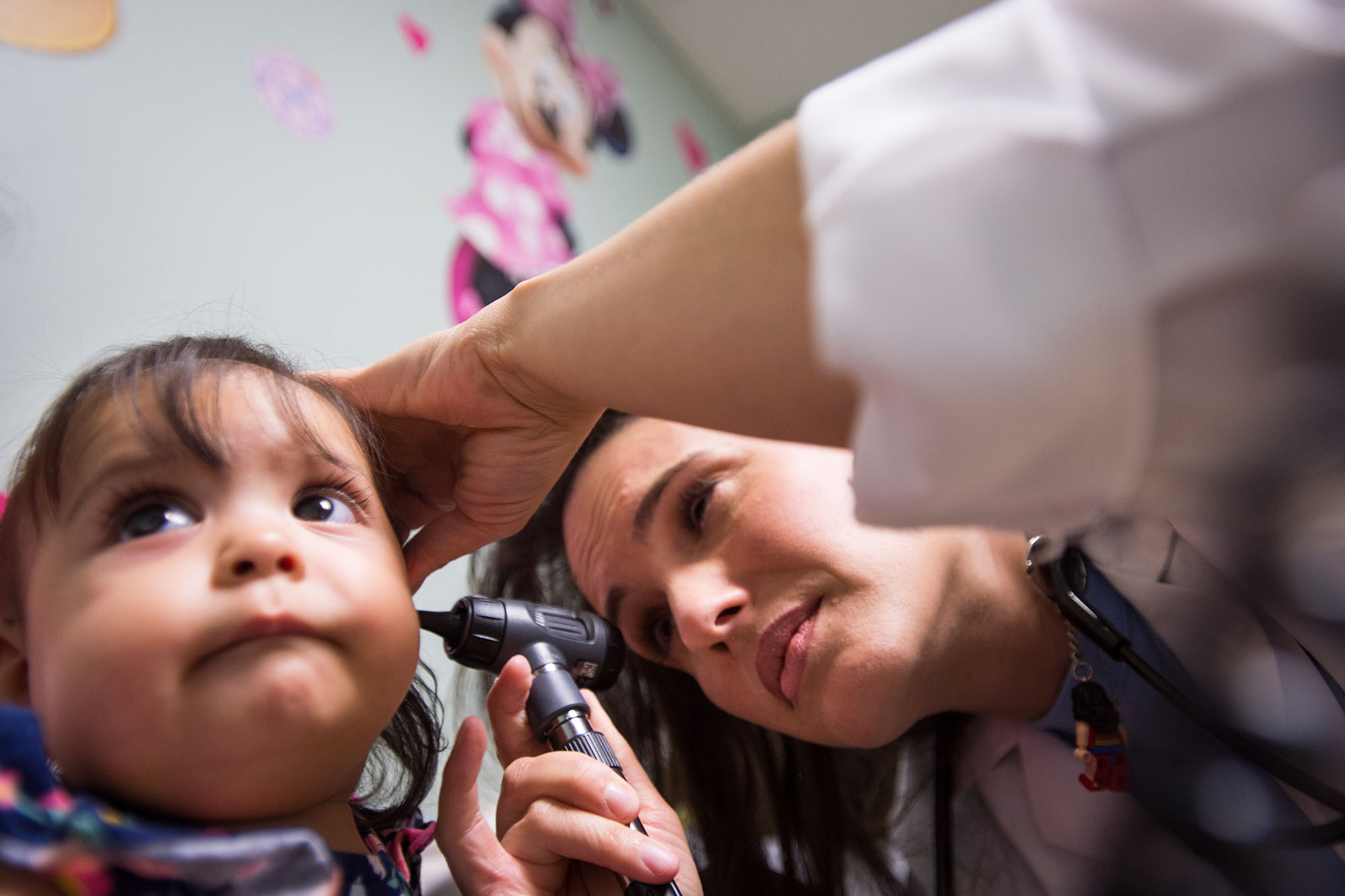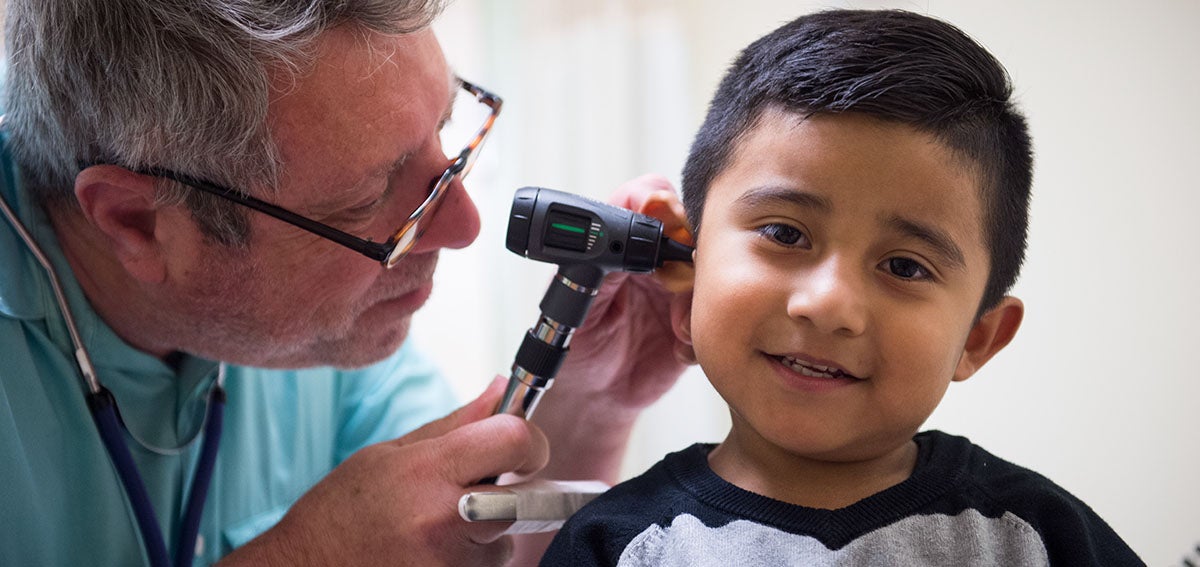Despite significant expansions in behavioral health policy, including eligibility expansions through state and national parity laws and the Affordable Care Act, behavioral health care remains elusive for many. Among Californians with any mental illness, only 37% of adults received care for that condition. About the same percentage of adolescents with major depression received care. Access to substance use disorder treatment (SUD) is worse: Only an estimated one in 10 people with an SUD receives treatment.
California’s Office of Health Care Affordability (OHCA) is working to measure behavioral health investment, along with investment in primary care. Senate Bill 184, which was signed into law in June 2022, requires OHCA to calculate the percentage of total health care expenditures allocated to both primary care and behavioral health.
What can California learn from other states about measuring behavioral health spending?
In this paper, Freedman HealthCare (FHC) looks across states to identify national best practices in the collection and reporting of behavioral health investment data — a similar analysis to that found in Investing in Primary Care: Lessons from State-Based Efforts. FHC identified 13 states that measure behavioral health investment, and reviewed measurement specifications and methods used by each state. FHC focused on three categories of investment — clinical care, social supports, and “other,” which includes workforce development and other administrative costs.
The paper is available for download below. Appendix B to the report is also available below at a separate link. It documents the Current Procedural Terminology, Place of Service and taxonomy, and International Statistical Classification of Diseases and Related Health Problems codes that each state uses to define behavioral health care for measurement and reporting.
Is a standardized approach to measuring behavioral health spending available, and what are the use cases?
As momentum grows for measurement of behavioral health spending, states are calling for a more consistent approach. In response, the Milbank Memorial Fund recently released a brief: Recommendations for a Standardized State Methodology to Measure Clinical Behavioral Health Spending. The methodology was designed with input from an Advisory Group of state behavioral health leaders and subject matter experts convened by Milbank Memorial Fund and Freedman HealthCare.
Alongside the recommendations, Milbank Memorial Fund published Leveraging a Standardized State Methodology that Measures Behavioral Health Clinical Spending to Improve Care. This report provides an overview of use cases for behavioral health data collection that could benefit from a standardized methodology:
- monitoring statutory or regulatory compliance related to behavioral health (i.e., mental health parity),
- improving service delivery through state budget reform, and
- setting spending targets for behavioral health services.
Both reports were authored by Freedman HealthCare.






